Andrew and Manuela McLean at a recent conference
Andrew McLean has played a leading role in educating horse owners all over the world, particularly to get them to understand how horses think. This article originally appeared in 1995, and of course, every word is still as true today!
All animals have evolved mechanisms and behaviour to ensure their survival in their particular environment. Humans for example have a grasping hand with an opposable thumb together with an upright posture – allowing the hands to be free to manipulate the environment – and with this high degree of ability to manipulate objects, evolved a brain with an unmatched level of insight or reasoning, compared to other animals. Insight is the highest form of learning, and can be defined as the capacity to spontaneously connect unrelated information stored in the brain to produce a new learning outcome, or solution to the problem. It is suddenly ‘seeing’ or visualising an answer.
The development of insight in humans allows us to foresee, invent, and predict ways of manipulating the environment and it means that information and experiences stored in the brain can be recalled and reassembled using this powerful facility, which is called imagination. For humans this was the key to survival, for being comparatively slow hunters, it was the ability to manipulate and modify our environment – as with fire – spelled success for the species.
Humans are unique in their reasoning abilities, and the first mistake you can make in discussing the intelligence of the horse is to assume that horses are simply duller versions of the human brain trapped inside a quadruped body.
The first mistake you can make in discussing the intelligence of the horse is to assume that horses are simply duller versions of the human brain trapped inside a quadruped body. Nothing could be further from the truth…
Nothing could be further from the truth, for the horse is a remarkably different creature, superbly adapted for a grazing existence and whose survival is ensured, not by genius, but by the rapid formation of relaxed habits. The horse does not possess insight, or anything remotely like it. Apart from reproduction, the most powerful driving forces in the evolution of animals, are to avoid being eaten (fleeing from predators) and the procurement of food.
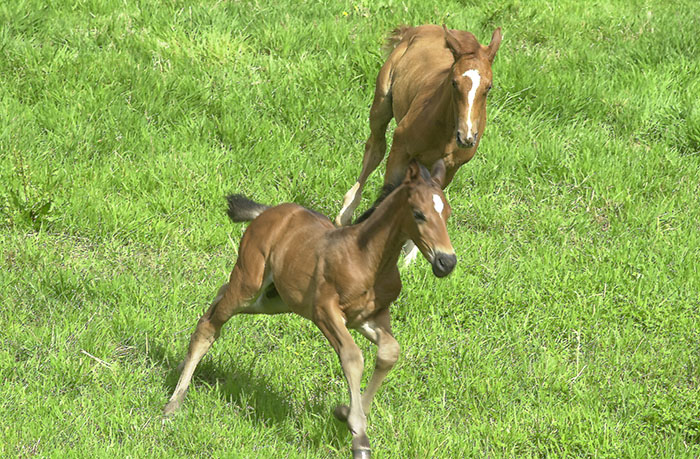
As far as fleeing from predators is concerned, the horse is well adapted to run swiftly, even from birth, and this flight involves no higher mental processes, simply alert senses, suspicion of any unfamiliar sound, sight or smell, and a rush of flight hormones. Likewise no mental prowess would need to evolve for the procurement of food, because a grazing herbivore such as the horse does not need strategy to find food, since its location changes only seasonally, if at all.
This contrasts sharply with cooperative hunters for whom most hunts involve strategy and insight. Communication and bonding also needs to be evolved between members of the group to a more sophisticated extent than for social grazers such as horses,where herds and bands exist only for social and safety reasons.
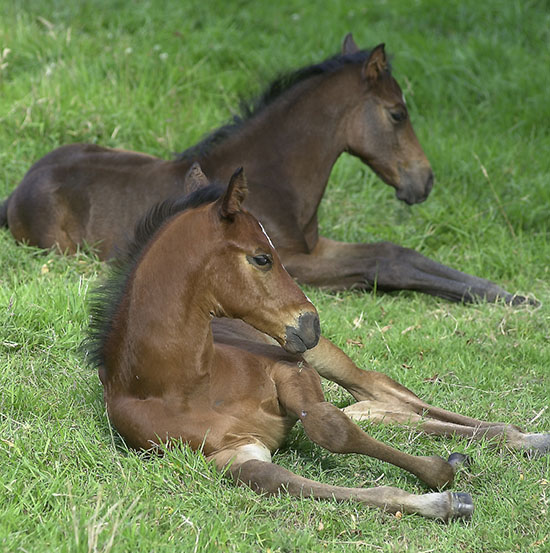
This explains why insight can be demonstrated to exist at various levels of complexity amongst the cat family, bears, seals, whales (including dolphins) and primates, particularly the chimpanzee. These animals in the domestic or circus situation tend to be trained more effectively by food rewards (positive reinforcement) than by negative reinforcement by which we most train horses in the form of pressure, response, release pressure.
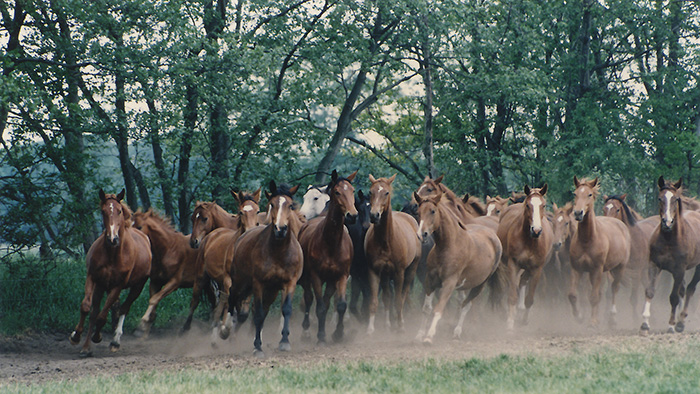
In the wild therefore, survival for the horse has largely relied on its hasty flight response stimulated by effective negative reinforcement to an alarming stimulus. Naturally enough, positive reinforcement has played a crucial role too, particularly in the selection of food and in certain social situations such as bonding. When any learned response occurs several times, then that particular behaviour becomes a habit.
The horse is neurologically wired to form repetitive behaviour patterns. The more often the horse repeats an action, the stronger the habit is lodged in the brain, and the more resistant it is to modification. Forming habits and reacting habitually have enormous survival value to the horse.
Just imagine, when suddenly confronted by a charging predator, wasting even half a second to think about your reaction, could cost you your life, compared to the lightening fast reactions of habitual responses which would dictate your every life-saving move in the escape routine.
Training results in the acquisition and formation of habits that the trainer deems desirable. The diminished mental capacity for the horse to connect events the further apart they are in time, and especially when an event occurs after a particular behaviour (such as punishment) instead of during the behaviour (such as negative reinforcement, for example, leg pressure) tells us what behaviourists have long known: that punishment, and especially delayed punishment, apart from the ethics of it, is an ineffective training tool, and generally tends to confuse and inhibit learning.
It is particularly ridiculous and obscene to punish a horse when the sources of his ‘misbehaviour’ are not in his visual field. Comments like ‘he knows he has done wrong’ tell us more about human ignorance than anything useful…
It is particularly ridiculous and obscene to punish a horse when the sources of his ‘misbehaviour’ are not in his visual field. Comments like ‘he knows he has done wrong’ tell us more about human ignorance than anything useful. For example, when the horse has refused the jump, it does not teach him not to refuse by punishing him when he faces away from the jump, because the jump is no longer in his visual field (he cannot recall or visualise information as it requires insight). At the very best it might assist a little in producing forward but then again, it would make more sense to produce forward during the approach, keeping the jump in the horse’s visual field and lowering the jump enough for him (and you) to jump from a stand still or rein back.
more follows
When we say that one horse is more ‘intelligent’ than another, just what do we actually mean, and what is intelligence anyway? It is at this point that we come to realise how clouded the issue of intelligence is when the term is applied to horses. When we measure the intelligence of humans we are mostly testing our powers of reasoning. The IQ test, although controversial in itself, is a way of quantitatively comparing intelligence between people. In such a test, we are asked to perform skills of reasoning, and to extract stored knowledge on demand in the form of symbols.
By contrast,the horse has no such abilities, and cannot even reflect on stored information, despite what is frequently believed. The issue of intelligence in horses boils down to the speed of association of events, and for our purposes, what we are really comparing between horses is trainability. So the next question is, what constitutes trainability, and what are the characteristics of a trainable horse?
Horses vary in their trainability, but the so called un-trainable horse is most likely a reflection of a narrow and oppressive training system. What seems to make one horse more trainable than another is related to how sensitive or reactive the horse is, coupled with his degree of calmness. An anxious reactive horse will not be more trainable than a calm unreactive one. The ideal mixture seems to be a degree of reactivity blended with calmness. The mixture seems to be quite variable.
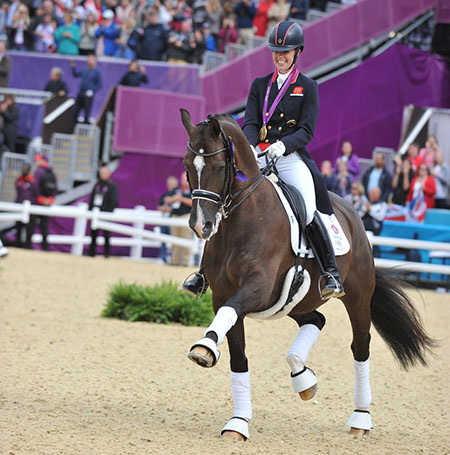
A Gold Medal for Valegro in London in 2012, it was quite a home-town presentation ceremony but he stayed calm…
It is the partial extinction of the flight response (thanks to selective breeding over the last 6000 years) which is responsible for the degrees of inherited calmness. The calmness of most Warmbloods is a result of infusion of genes from the hauling (draught) breeds, which by necessity of safety had to have the flight response bred out of them. By way of contrast, the Thoroughbred racehorse, by virtue of its job, generally has a stronger flight response.
Punishment based training methods tend to produce an adrenalin burst more easily in the Thoroughbred, which prevents the horse from responding to anything except the flight response.
Play in animals is a common indicator of trainability, and drug sniffer dogs are chosen, amongst other things, by their level of playfulness. Because play is in itself a series of learning experiences, young animals, including foals, would have a strong tendency to learn easily if they spent more time than usual in play.
Intelligent, therefore, is an inappropriate word, and for every story told on the deductive powers of someone’s equine genius, there is always a simpler explanation. Whether people want to hear it is another matter!
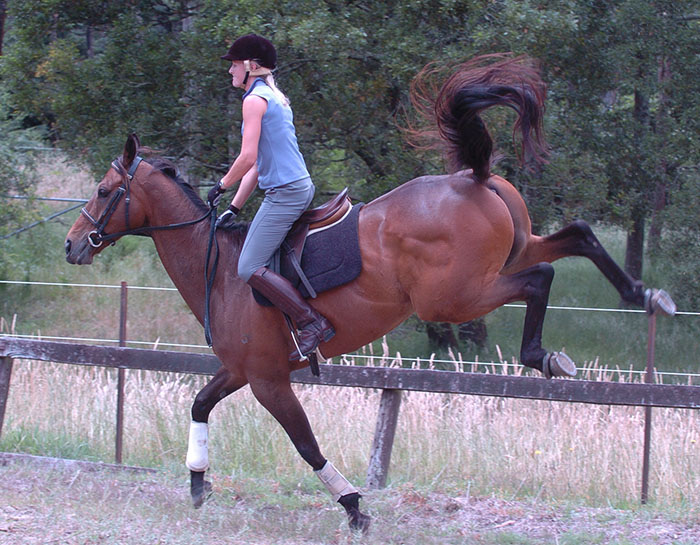
Rearing and bucking become quickly reinforced by rendering the rider being ineffective – loss of rein and leg contact during and immediately after the rear. Most rearers spin left. Only a skilled rider should attempt to maintain the opposing rein – usually the right – of a rearing spinner.
Take for example the common story of the clever horse that has learned to open gates. This is a relatively common habit, formed from the expression of an instinctive drive. In all horses there is a ‘curiosity’ drive, which varies amongst individuals. This drive is a survival strategy for it encourages the horse to forage in his environment more completely.
The drive is strongest in the hardy breeds such as ponies, whose origin is in the cold climates where food is scarce in winter. Being curious means searching even under rocks for tidbits of mosses and grasses which may mean the difference between death and survival in a particularly harsh winter.(The same drive may be seen in the Arabian horse for the opposite but equally harsh climatic reason.)
In the domestic situation, these horses tend to fiddle with their lips with anything that moves, including gate latches, and when, by pure chance, the behaviour results in the gate opening, ‘hey presto!’, the fiddling behaviour is powerfully reinforced by freedom.
Freedom (from confinement, including getting rid of the rider and freedom from work – ie. not going forward) remains the most powerful reinforcer which promotes evasions in training.
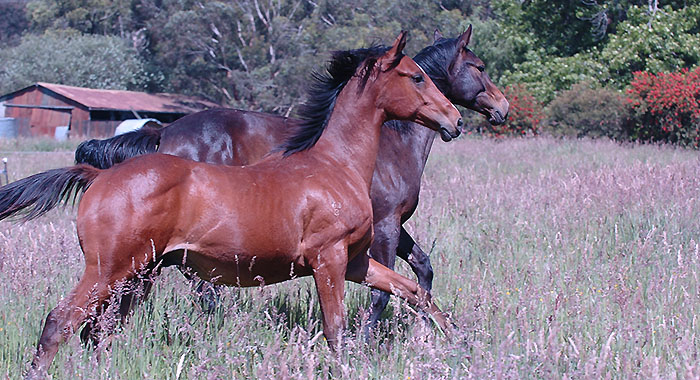
The curiosity drive is one of the aspects of the horse which gives him personality, and leads to all sorts of antics. The rearing horse’s freedom is reinforced by the resulting ineffectiveness of the rider’s rein and leg contact during the rear. Much of what we see as cleverness in horse behaviour, is because we interpret that behaviour in an unintentionally anthropomorphic (humanised) way.
Anthropomorphism begins early in the training of human infants with relentless stories of humanised animals and cartoons, for many this belief continues through life.
Last century, one man set about proving his theory that animals were able to consciously think out solutions to problems almost as well as humans. Priding himself on his great teaching skills, Wilhelm Von Osten began schooling a horse in basic arithmetic in front of a blackboard as if it were a child in a classroom, rewarding correct answers with morsels of carrot.
Unfortunately his first pupil died, but he had better luck with the second one! Clever Hans became famous the world over for his counting skills, enthusiastically tapping out with his hoof, mostly correct answers to basic counting questions. When Von Osten was confronted with his critics, he remained unshaken in his belief that his was a thinking horse, and he called for a scientific investigation. He petitioned the emperor, Wilhelm II, who ordered an investigation.
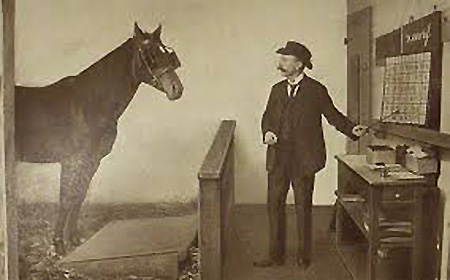
The Berlin Psychological Institute commissioned 13 investigators including a zoologist, a vet, a circus trainer and a politician, and they could not find the slightest traces of fraud. They ordered a deeper investigation. It was then discovered that the horse could not give the right answers if the questioner did not know the solution. Normally Hans would read each card and tap out the answer but when Van Osten did not know the card he was showing the horse, Hans made mistake after mistake.
Further experiments revealed that Clever Hans was responding to almost imperceptible visual cues in his trainer. ln anticipation of the correct answer, Von Osten would straighten up his posture, and that was the cue for the horse to stop tapping his hoof. Even a slight raising of the trainer’s eyebrows was sufficient cue for the horse to stop.
Von Osten felt Clever Hans had let him down, and he died in 1909, bitter and disillusioned. Although the horse lost his reputation as a thinker, it was nonetheless a stunning piece of training, and it shows just how perceptive a horse can be to posture and facial expression.

It is not surprising that the horse has an extraordinary visual memory – the horse has the largest eye of all the vertebrate animals.
One is left to wonder to just what extent our horses read us. As a scientist, I find this the most plausible explanation of a ‘sixth’ sense. It may be disappointing for some to discover at this point that the horse is not as smart as you might have thought. But there are other aspects of the horse ‘s mentality which challenge even our own abilities.
When it comes to visual memory, the horse is no fool. Not only is the horse able to find the way home with a minimum of practice but his powers of observation are astounding when it comes to detecting slight changes in the scenery. The bucket that wasn’t there yesterday becomes the object of deep suspicion as you lead or ride him to the stable, yet if someone had interrogated you on the change in scenery you would probably fail dismally.
Similarly in equine research, studies by Giebel in 1958, showed very little memory loss on 20 visual patterns when his horse was tested after 3, 8 and 12 months. Similar studies by Dixon (1970) showed retention rates as high as 81%, one month after learning. Some young children do not perform as well!
Most evasions have a visual element. The same evasions occur in the same places. If only we had such a photographic memory!
Although many have tried, not one single piece of research to date has yet been able to demonstrate under proper scientific conditions, that horses can learn by copying the behaviour of others, yet many people believe this is possible. Think about it logically. To copy behaviour requires a capacity to re-assemble an image (you have go to see yourself in your mind’s eye performing the task done by another). The form of learning called perceptual learning is restricted to those animals with helpless, slow developing offspring, not precocial offspring such as foals.
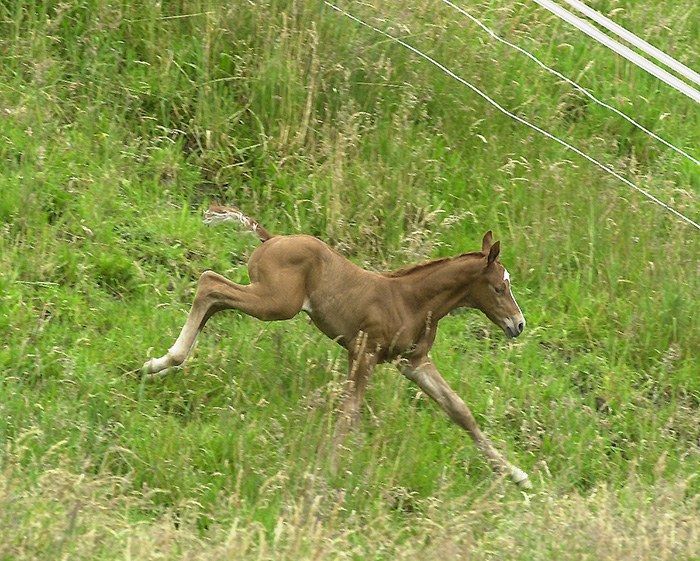
Foals are not slow developers…
Anecdotal evidence in horses of apparently learning by copying (such as crib biting) can be explained by factors other than learning.
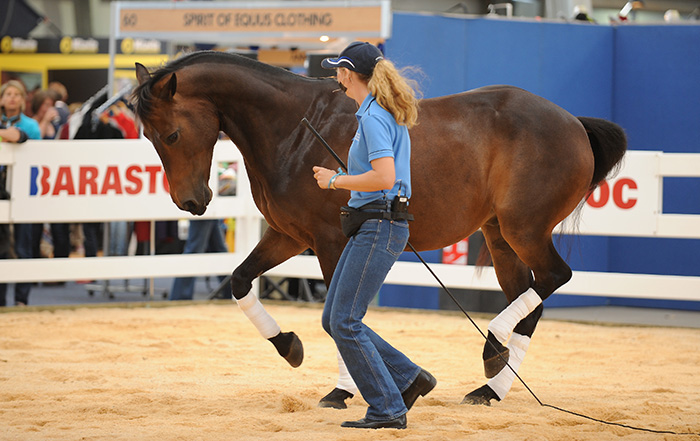
Georgia Bruce and Rumba the Wonder Horse, a great partnership
What one should conclude from all this is that the horse is mentally different from humans and should be trained as such. It is the denial of this difference which causes so much bad training and relationship problems between horse and human. If you remember that your task is to shape your horses habits into desirable ones, and not to leave the horse with the responsibility for his behaviour by granting him greater mental powers than he has, your training will be more effective, and much kinder and fairer. Above all, you will then be in a position to earn his respect and in effect, his trust.



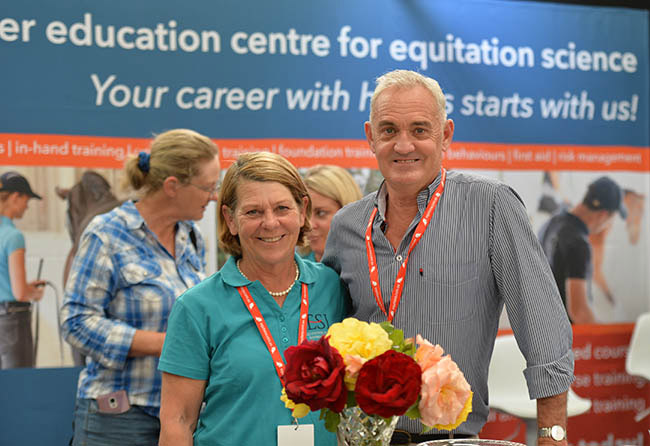
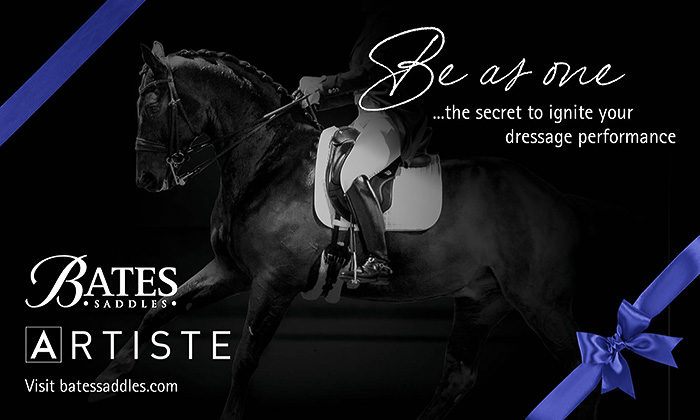
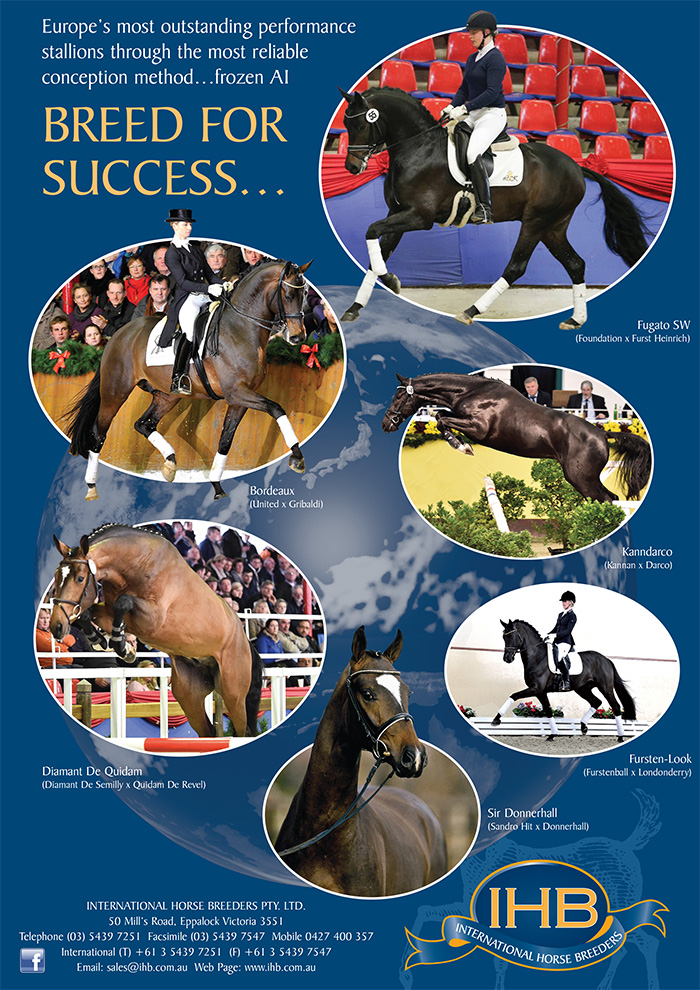
When discussing intelligence, IQ is the one most people are aware of, however, there are 7 intellences, one of which is athletic intelligence. When discussing trainability of a horse, should we also consider their athletic capacity?
There are many breeds of horse and they are used for many different purposes, some very good at speed, some jumping, turning sharply while others are capable of of very elegant strides.
Just a comment regarding copying. I have a mature 9 year old horse paddocked with a green 4 year old.
When I turned out the mature horse after working him ,he rolled. The pony observed and as soon as big boy had finished pony goes and rolls in the same spot. He continued to copy this behaviour whenever big boy rolle.
I have also observed the uncanny behaviour of how 2 horses often position themselves the same and symmetrical.
The rolling incident was so funny and once because the pony didn’t want to be left behind as big boy finished rolling and headed off,the pony half collapsed and realised he didn’t have time to roll and so didn’t just followed after big boy!